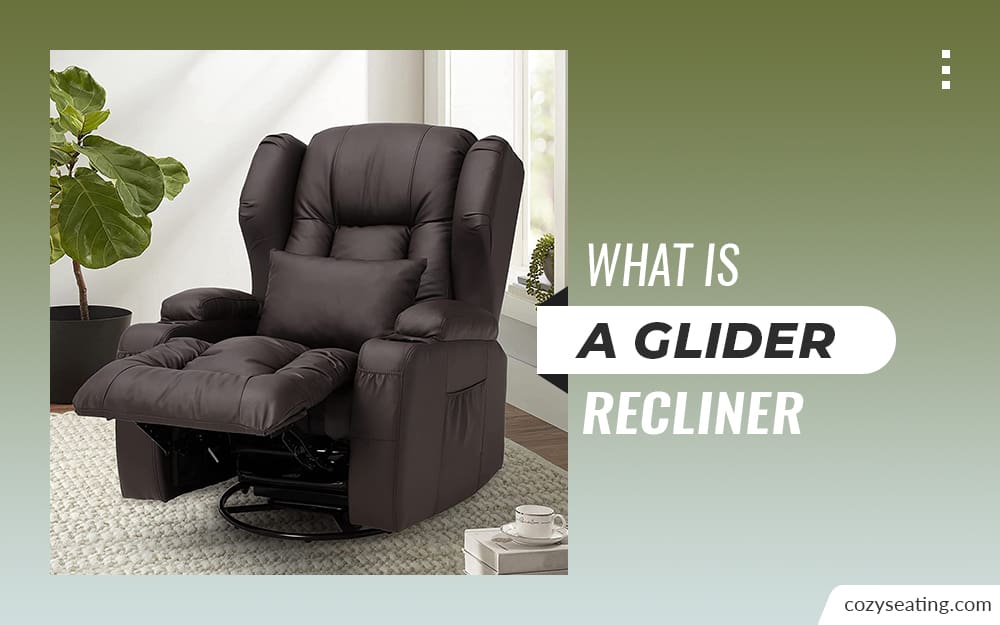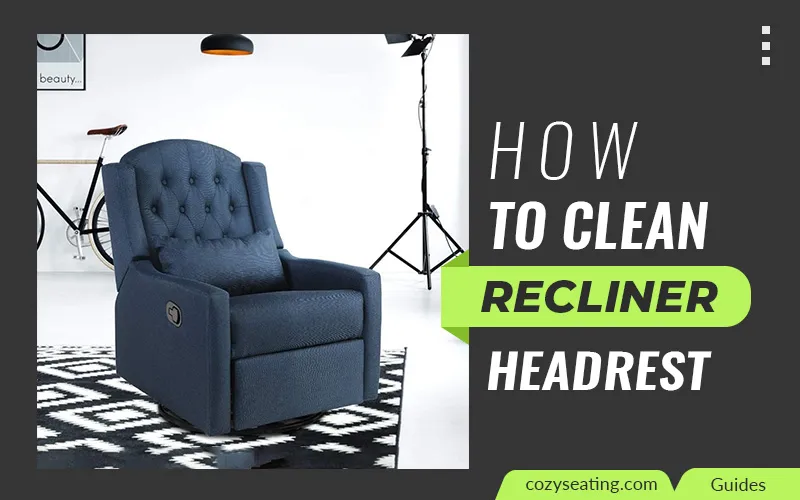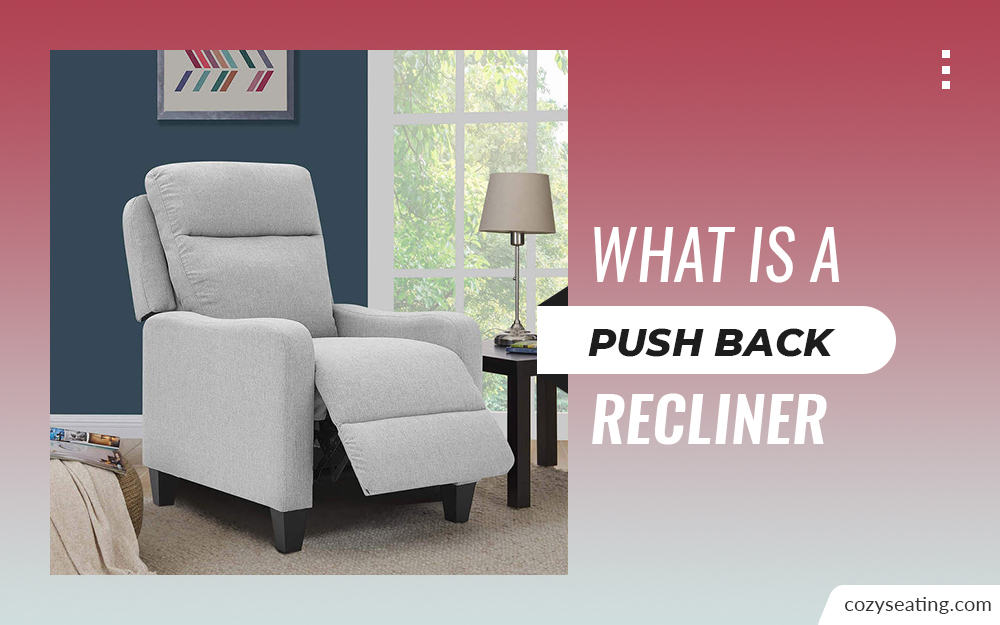
Disclosure: This site is reader-supported & contains affiliate links. We may earn a commission through products purchased using links on this page. Learn more

The best part of a recliner is that it allows you to rest your head, put your feet up, and relax after a busy day. However, if your headrest doesn’t have a protective cover, oil residue from your hair and skin builds up on the headrest and leaves dark discoloration.
If the stain is not taken care of promptly, you may need the services of a professional cleaner to get rid of it.
So, how do you clean a recliner headrest?
Easy! You clean the headrest using the same method you use to clean the rest of the recliner. Be sure to follow the cleaning and care instructions given by the manufacturer.
Table of Contents
How To Clean Recliner Headrest: Step By Step Guide
Step 1: Cover the Affected Area with Cornstarch
Pour a generous amount of cornstarch over the greasy stain on the headrest. Ensure that the stain is completely covered.
Let the cornstarch sit in overnight to absorb all the grease that has soaked into the upholstery.
Step 2: Vacuum
Vacuum the headrest in the morning to remove the cornstarch. Vacuum cleaning is safe for all upholstery materials, including leather. (Here is a guide on how to clean leather recliner)
If you don’t have a vacuum cleaner, a soft upholstery brush can do the job. Gently brush off the cornstarch into a dustpan and discard it.
Step 3: Attack the Stains
Treat any stains that may have been left with either a solvent or water-based cleaning agent depending on your recliner upholstery care instructions.
Allow the cleaning solution to sink in, and then use a cloth to blot the stain. Be careful not to scrub the stain as you may spread the stain or, worse, damage the upholstery fabric. Use gentle circular motions instead.
A little heads up! Grease stain is a bit tough and may necessitate a few treatment rounds before it clears. Be patient with it.
Step 4: Wash the Headrest
In a small bucket, mix a half teaspoon or so of dish soap with warm water and froth it to create suds. Dip a cloth into the suds and run it across the headrest, taking care not to soak the area.
After cleaning the entire headrest, dampen another clean cloth with water and wipe the surface to rinse it.
Then, use a dry and clean cloth to wipe off the excess water on the fabric. This will help the headrest to dry faster.
Step 5: Let It Dry
Don’t be in haste to rest on the headrest. Allow the upholstery fabric to air dry completely before you can use it.
Alternatively, you can keep the chair under a running fan to dry the headrest. This method is faster. It also saves your recliner from damage due to the prolonged existence of moisture on the upholstery fabric.
Tips for Keeping Your Recliner’s Headrest Clean For Longer
Every time you lie on your recliner is an opportunity for the headrest to get dirty from your body or hair oil. Fortunately, there are precautions that you can take to keep the headrest from becoming stained. (Learn, How to Remove Stubborn Stains From a Recliner)
For starters, you can use a washable cover, also known as an antimacassar. This protective cloth will prevent the headrest from being soiled. It will also add some glamour to your recliner.
Alternatively, you can treat your clean headrest with a stain guard spray to protect the upholstery fabric from stains. This treatment is especially suitable for leather and faux leather upholstery.
In addition, when you notice a stain, don’t allow it to set in. Act cleaning up using the procedure shared above. It would be best if you also cleaned the headrest regularly. Consider adding it to your weekly cleaning routine.
The Bottom Line
The headrest is more susceptible to staining due to oil residue from your hair and the skin. It, therefore, requires regular cleaning. The above procedure on how to clean the recliner headrest will go a long way.
Remember to use the cleaning agent that’s most appropriate to your upholstery fabric to avoid damages.
Recommended Reading

What Is a Glider Recliner?
Wondering what is a glider recliner? A glider recliner is a chair with the ability to tilt back while you sway horizontally – forward and backward.

Why Are Stressless Chairs So Expensive?
So, why are stressless chairs so expensive? Durability and ability to customize are among the reasons. Click the link to know more reasons for the high cost.

What Is a Push-Back Recliner?
A push-back recliner is cheaper to maintain than the electrical one. To operate it, press against the backrest. But what is a push-back recliner? Click to know.

How To Install Recliner Battery Pack
This article is for you if you’re wondering how to install recliner battery pack on your furniture or if you want to replace the old battery pack.
